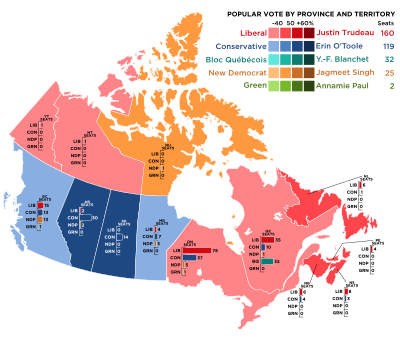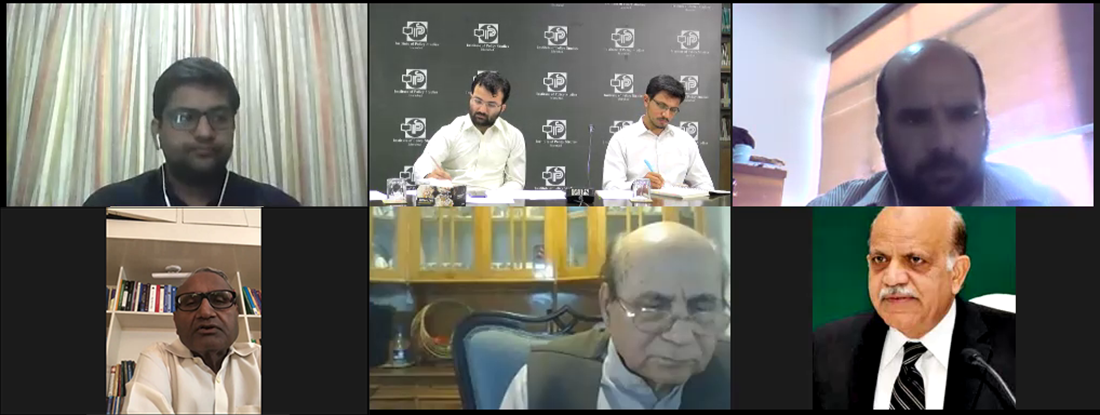

Specifically, for the qualifying period between 6 June and 3 July 2021 (period 17), an eligible employer will be able to elect to use the alternative baseline remuneration period of 1 March to 30 June 2019, or 1 July to 31 December 2019. Baseline remuneration periods - Introduction of alternative baseline remuneration periods for the new qualifying periods, to ensure that the alternative baseline remuneration periods for a particular qualifying period continue to generally reflect corresponding (pre-crisis) calendar months covered by the qualifying period.

Prior reference periods under the general approach for each new qualifying period will be the same calendar month as the current reference periods for these qualifying periods, but in 2019 instead of 2021. The current reference periods will be June 2021 (for period 17), July 2021 (for period 18), August 2021 (for period 19), and September 2021 (for period 20). Current and prior reference periods - Amendments to the definitions of “current reference period” and “prior reference period” for the purpose of determining an employer’s decline in revenue for qualifying periods beginning after 5 June 2021 (periods 17 to 20).Other changes to the CEWS include the following:
FEDERAL BUDGET 2021 CANADA DATE PLUS
In addition, subsidy rates will gradually decline over the period from 4 July to 25 September 2021 (periods 18 to 20), from a maximum combined CEWS rate for active employees of 75% in period 17 (i.e., the 40% maximum base subsidy plus the 35% maximum top-up subsidy) to a maximum combined rate of 20% (i.e., a 10% maximum base subsidy plus a 10% maximum top-up subsidy). Beginning on 4 July 2021 (period 18), only employers with a decline in revenue in excess of 10% will be eligible for the CEWS.


 0 kommentar(er)
0 kommentar(er)
